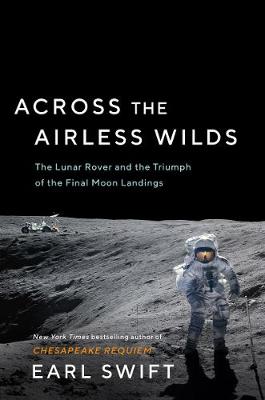Reviewed by Jeff Sexton on
But after that particular era is when the "real" lunar science began. And for that, NASA needed another tool that got a fair amount of (slightly inaccurate) press back in the day, but whose story has never been quite so thoroughly documented as this particular effort by Swift. That tool was the lunar rover, aka the "moon buggy", and here Swift does an extremely thorough job of documenting the first inklings of an idea that it may be possible through the early history of American rocketry (while not hiding one iota from its roots in Nazi experimentation) through the conceptualization and manufacturing of the actual rover and even into its impacts on modern rover design, such as the newest Mars rover, Perseverance.
The book does get in the weeds a bit with the technical designs and what exactly went into each, along with the various conceptual and manufacturing challenges of each. Similar to how Tom Clancy was also known to get so in the weeds about certain particulars from time to time, so Swift is in good company there.
But ultimately, this is an extremely well researched and documented book that does a simply amazing job of really putting you right there as all of these events unfold, all the way to feeling the very dirt and grit the final men to walk on the moon experienced when they had certain cosmetic failures on the buggy... millions of miles away from being able to really do anything about it. Truly an excellent work that anyone remotely interested in humanity's efforts to reach outide of our own atmosphere should read. Very much recommended.
Reading updates
- Started reading
- 10 April, 2021: Finished reading
- 10 April, 2021: Reviewed
